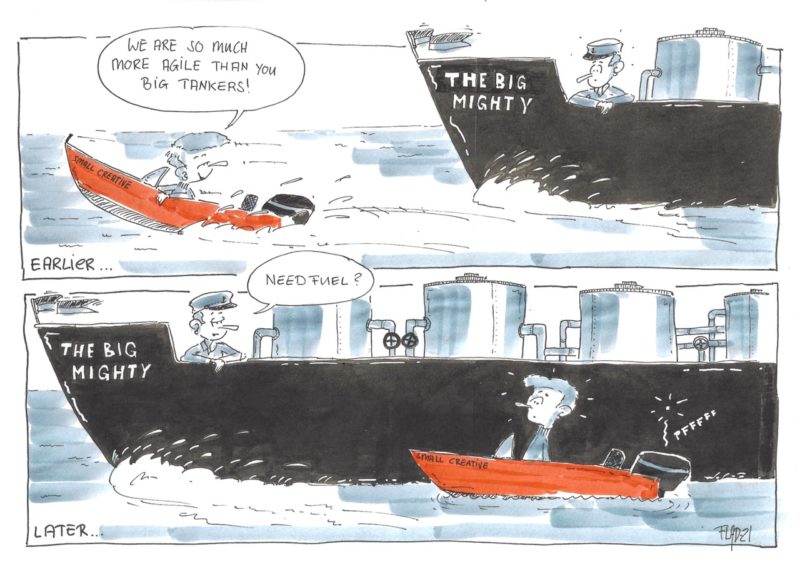Woolley Marketing: Is bigger better? Does size matter?
In his regular column for Mumbrella, Trinity P3 founder and global CEO Darren Woolley sizes up the advertising industry.
The advertising industry often appears obsessed with size. The bigger the better. Perhaps a by-product of a traditionally male-dominated industry? Who is the biggest client? The biggest agency? The biggest holding company? Who has won the biggest client? The most awards? The talk of the industry is all about who is the biggest. And why not? The bigger the agency grows, the more chance it has of being bought by a bigger competitor. Or perhaps less often these days. And an agency grows by winning those big clients. The bigger the better, right?
Let’s think about the popular 50 largest advertisers in Australia. According to Nielsen Adex, in the past 12 months, the top 50 advertisers range in media spend from $350 million down to about $25 million at number 50. Collectively they spent $2.8 billion on media last year in Australia. These are the advertisers and the brands that are not only big, but also popular in their category and popular with agencies. Who doesn’t want to win a big account like this?

Cartoon by Dennis Flad, with permission (2021)

